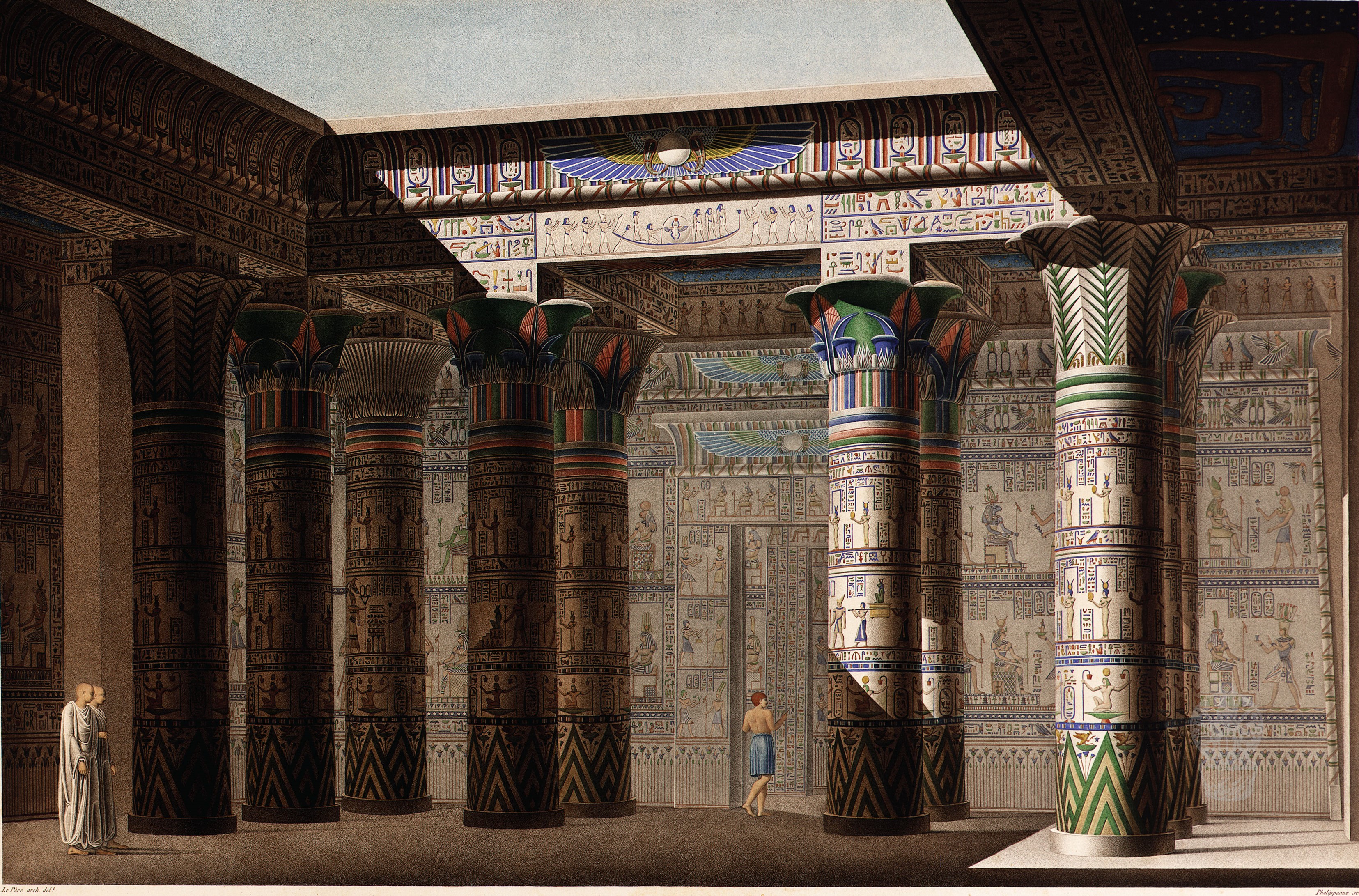06 June 2012
On the afternoon of our outing to Abu Simbel, we visited another temple rescued from the depths of Lake Nassar. This was a temple complex dedicated to the goddess Isis, originally located on the island of Philae.
Like Abu Simbel, this Temple of Isis (and its surrounding buildings) were cut into approximately 40 thousand pieces, each block individually numbered, so that it could be relocated and reassembled 500 metres away on the island of Agilkia. However because it was located on Philae for about 2000 years and only about 50 years on Agilkia, it is still referred to as the Temple of Isis at Philae.
Being an island, we naturally approached it from the water, the majesty of the temple complex slowly revealing itself through the greenery that lined the shoreline.
The temple is of Ptolemaic origin. This means it was built by the Greeks who ruled Egypt between 332 when Alexander the Great conquered Egypt, and 30BC when the Cleopatra (VII) died and the Romans assumed control.
In Egyptian Mythology, it was on Philae that one of the pieces of the god Osiris was discovered, marking it as an important religious place. Long story short, Osiris was a wonderful god who his brother Set (or Seth) was jealous of. So Set tricked Osiris into getting into a coffin which he then nailed shut and threw in the Nile. Osiris' sister/wife Isis was distraught and searched high and low for her husband, but when she discovered him he was already dead. Ignoring the details of how she brought him back to life long enough for him to impregnate her, she took care of the body and hid it from Set (also her brother). He however discovered it and in rage tore it into 14 pieces which he scattered throughout Egypt. Isis then went in search of each of the pieces to bandage them together to give Osiris a proper burial. One of these pieces was discovered on Philae.
 |
| Trajan's Kiosk |

As we wandered around the site, our brilliant tour guide informed us that there is an element to the wall carvings that make them distinguishable as Ptolemaic as opposed to dating to an earlier period in Egyptian history, if you know what you are looking for. These features are the combination of the Lotus and Papyrus on the columns (instead of them being separated out into Upper and Lower Egypt), and the depth of the belly bottoms and size of women's breasts in the depictions of the gods and Royal family.
After the collapse of the ancient Egyptian religious system, the Coptic Christian monks took over quite a few of the ancient temples including this one. To demonstrate their appreciation of such beautiful buildings of historical and cultural significance, they succeeded in scratching out the figures and names of the major Egyptian gods.
Thankfully, they seem to have undertaken this task with as delicate hand (unlike Thutmose at the Mortuary Temple of Hatshepsut) as though each figure has been erased their silhouette and headdress remain enabling us to get a fairly good idea of what it once looked like and who are represented.
It is perhaps also thankful that the Theodosian decrees of the 390s, to destroy all pagan temples, were not enforced there.
Wandering around these temples, it's strange to lay them out on a timeline in comparison with some of the other ancient monuments visited.
Stonehenge c.2300BC
Hatshepsut's Mortuary Temple dates to c.1500BC
Abu Simbel c.1250BC
Parthenon in Athens c.440BC
Temple of Isis on Philae c.282-145BC
Interestingly, despite the huge divide of time between Hatshepsut's temples and this one, there are still so many identifiable similarities that they can all be lumped together as Ancient Egyptian.
 |
| Excuse the obvious Christian Graffiti |

 Interestingly, the Temple of Isis didn't escape flood damage as it was considerably impacted by the building of the Old Aswan Dam in 1902. This flooded the temple complex for the majority of each year, caking it in silt and debris from the river and washing all of the colours off the temple's reliefs. Images of the flooding and silt build up are available here, here and here. They all depict the water levels against the central doorway and right hand side of the façade in the photo on the left.
Interestingly, the Temple of Isis didn't escape flood damage as it was considerably impacted by the building of the Old Aswan Dam in 1902. This flooded the temple complex for the majority of each year, caking it in silt and debris from the river and washing all of the colours off the temple's reliefs. Images of the flooding and silt build up are available here, here and here. They all depict the water levels against the central doorway and right hand side of the façade in the photo on the left.
An 1800 sketch from Description de l'Egypte illustrates what the inside of the temple would have once looked like.













No comments:
Post a Comment